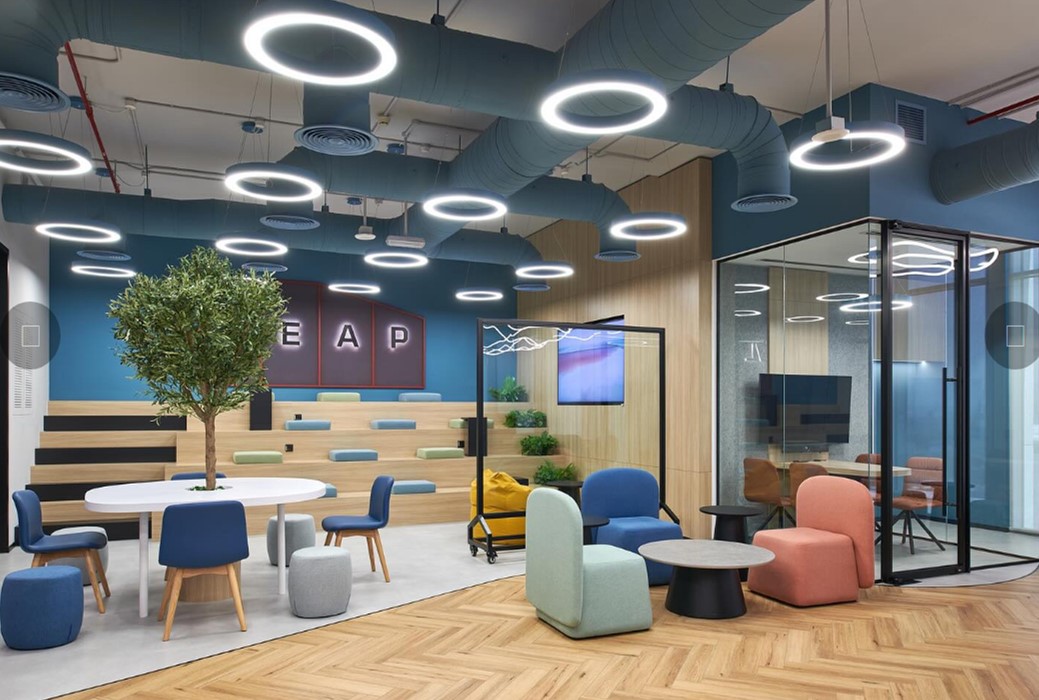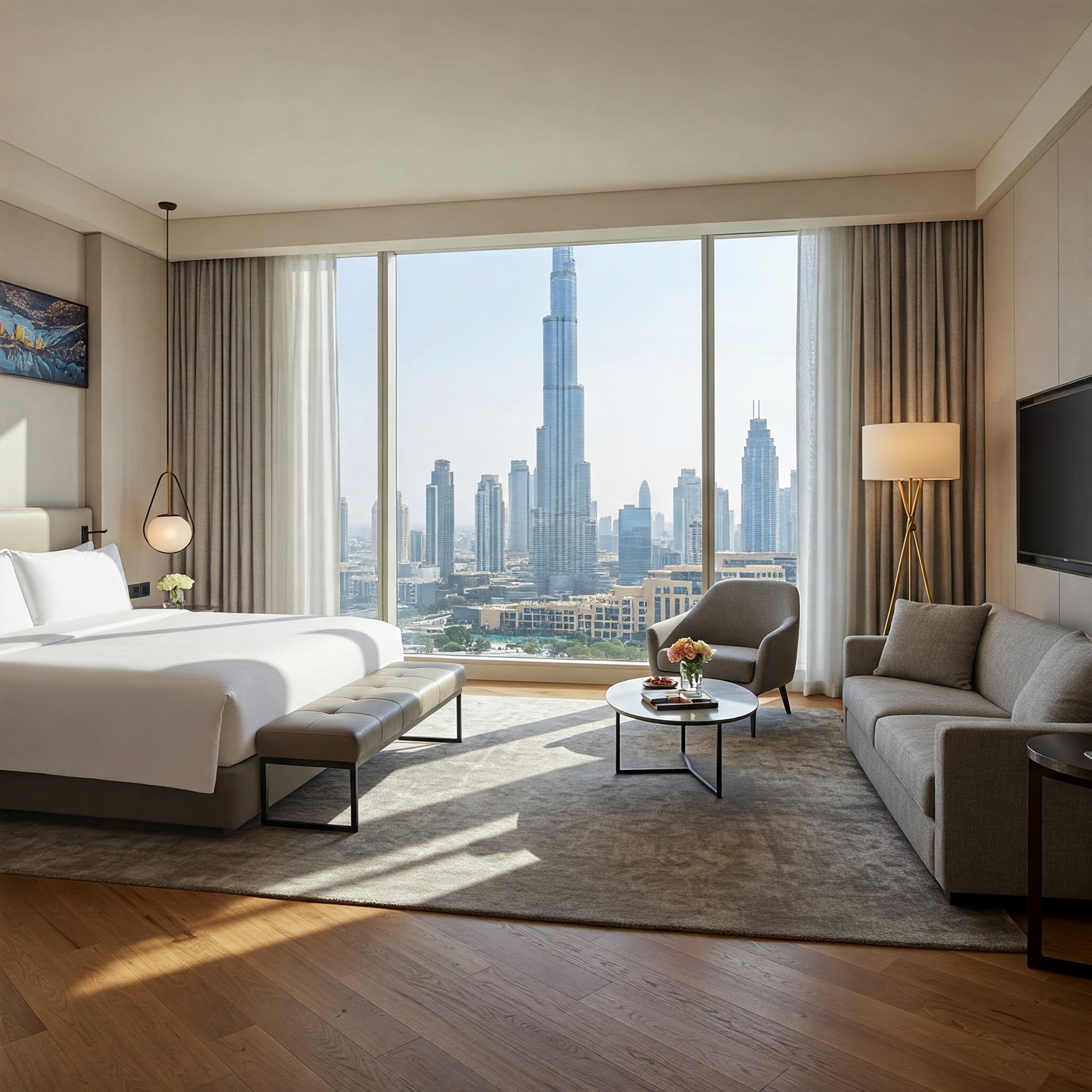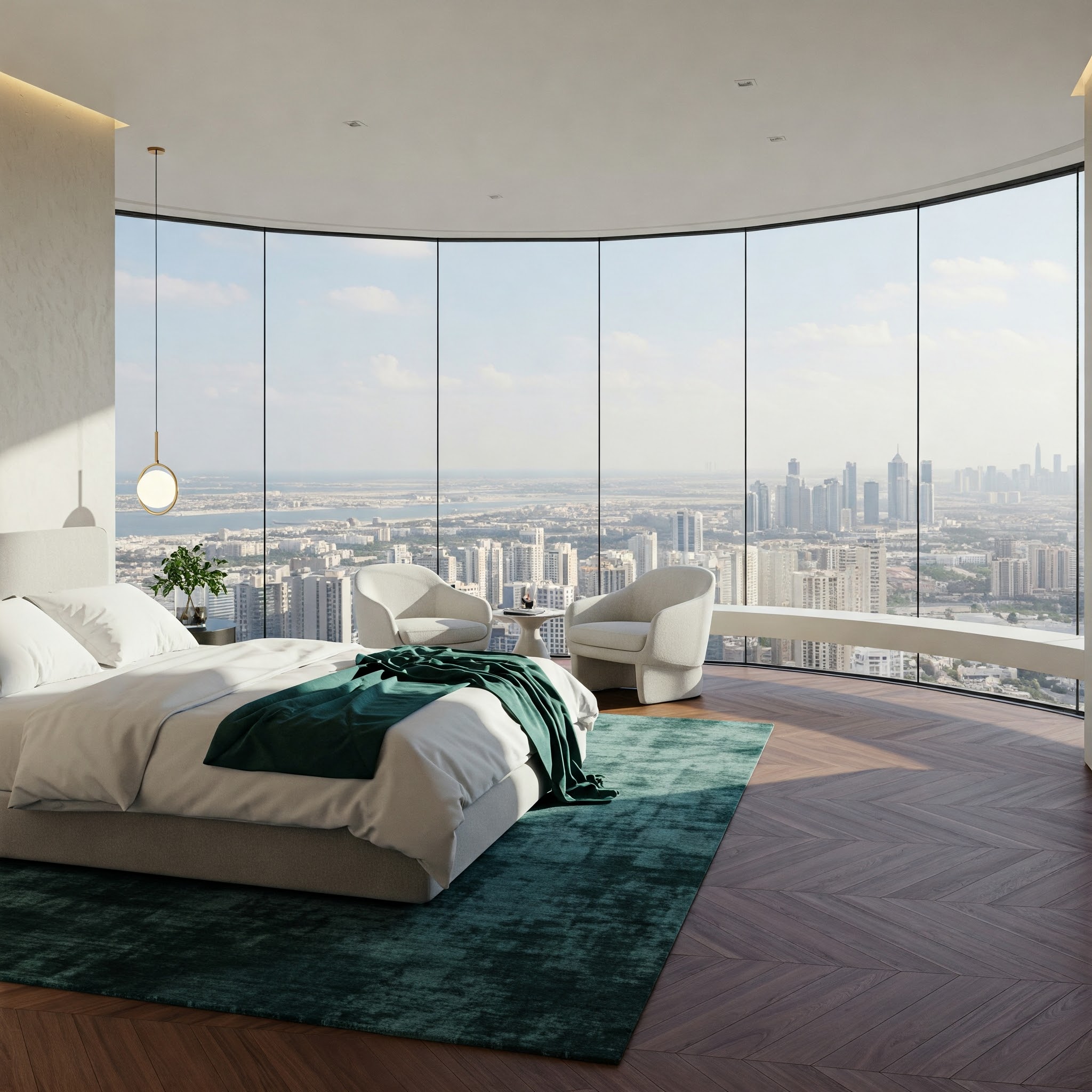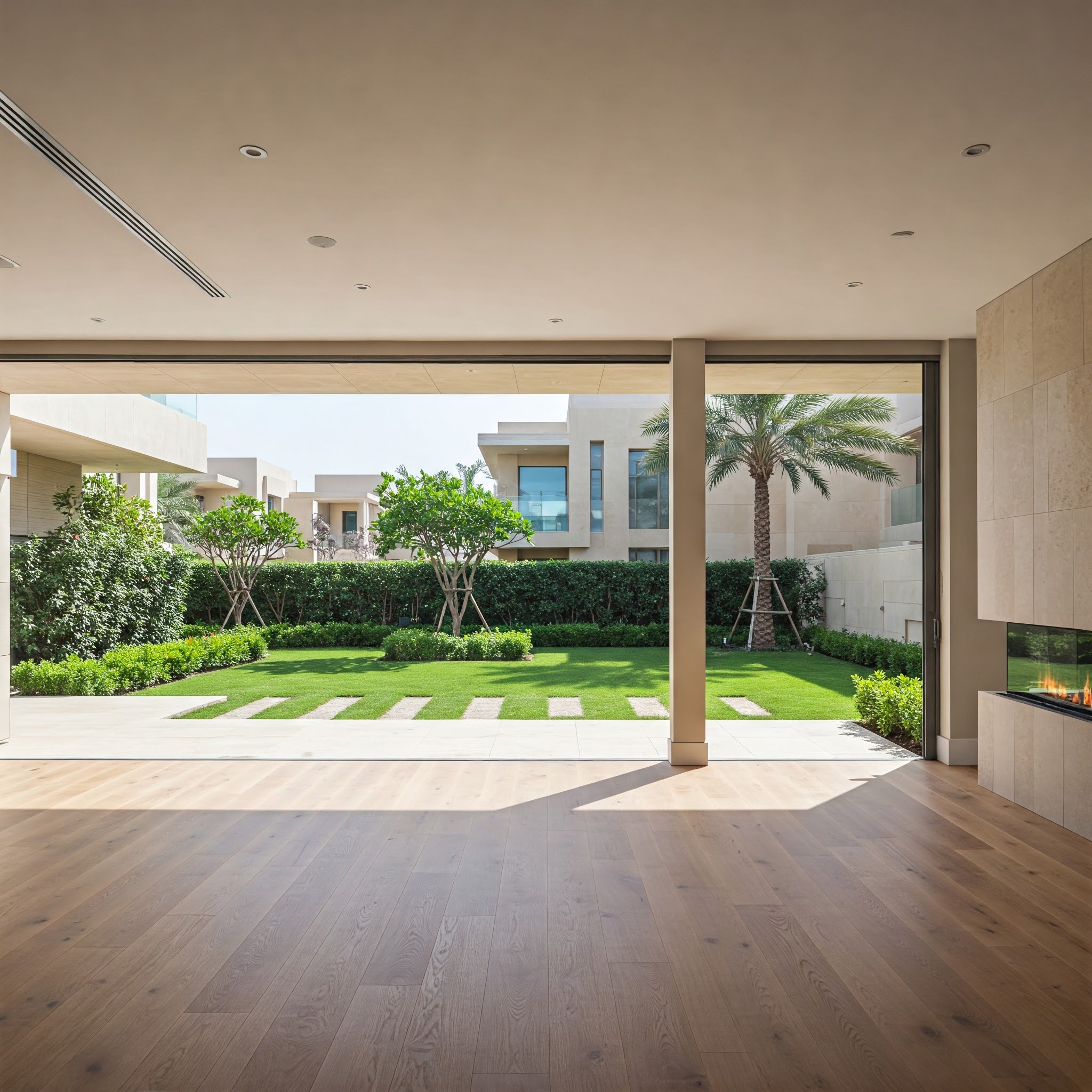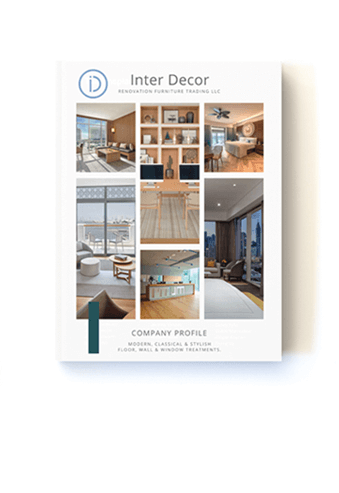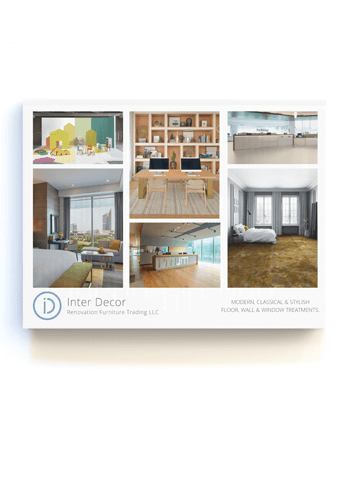Top 5 Commercial Flooring Trends Redefining Corporate Spaces in 2024
In the ever-evolving landscape of corporate design, commercial flooring stands as a crucial element that significantly impacts the overall aesthetics, functionality, and ambiance of business spaces. As we step into 2024, the commercial flooring industry is witnessing a remarkable transformation, driven by innovative technologies, sustainable practices, and a growing emphasis on employee well-being. This article delves into the top five commercial flooring trends that are redefining corporate spaces in 2024, offering insights into how these advancements are shaping the future of workplace environments.
The concept of commercial flooring has transcended its traditional role of mere ground covering to become an integral part of corporate identity and workplace strategy. In 2024, businesses are increasingly recognizing the profound impact that flooring choices can have on employee productivity, comfort, and overall organizational success. The top five trends we will explore encompass a diverse range of materials, designs, and technologies that are not only aesthetically pleasing but also address critical aspects such as sustainability, acoustics, and flexibility. These trends reflect a paradigm shift in how corporations perceive and utilize their physical spaces, adapting to the changing needs of a modern workforce while simultaneously adhering to environmental responsibilities.
The Evolution of Commercial Flooring in 2024
The year 2024 marks a significant milestone in the evolution of commercial flooring. Gone are the days when durability and cost-effectiveness were the sole determining factors in flooring selection. Today's commercial flooring solutions are the result of extensive research and development, incorporating cutting-edge materials and innovative manufacturing processes. This evolution is characterized by several key factors:
1. Technological Integration: Smart flooring systems that can monitor foot traffic, regulate temperature, and even generate energy are becoming increasingly prevalent.
2. Sustainability Focus: The use of recycled and bio-based materials has surged, reflecting a growing commitment to environmental stewardship within the corporate sector.
3. Health and Wellness Considerations: Flooring designs now prioritize ergonomics and air quality, contributing to healthier work environments.
4. Aesthetic Versatility: Advanced manufacturing techniques allow for unprecedented customization, enabling floors to seamlessly blend with or accentuate corporate branding.
5. Multifunctionality: Modern commercial flooring often serves multiple purposes, such as improving acoustics or facilitating wayfinding, beyond its primary function.
This evolution reflects a broader shift in corporate philosophy, where the physical workspace is viewed as a strategic asset capable of enhancing employee experience, promoting sustainability, and driving business objectives. As we delve deeper into the specific trends shaping commercial flooring in 2024, it becomes evident that these advancements are not merely aesthetic upgrades but transformative elements that are redefining the very nature of corporate spaces.
Sustainable and Eco-Friendly Flooring Solutions
In recent years, the construction industry has witnessed a significant shift towards sustainability, and flooring solutions are no exception. As environmental concerns continue to grow, homeowners and businesses alike are seeking eco-friendly alternatives that minimize their carbon footprint without compromising on aesthetics or durability. Sustainable and eco-friendly flooring solutions offer a myriad of benefits, including reduced environmental impact, improved indoor air quality, and the conservation of natural resources. This section will explore various aspects of sustainable flooring, focusing on carbon-neutral options, Cradle-to-Cradle certified products, and renewable materials such as bamboo and linoleum.
Carbon-Neutral Flooring Options
Carbon-neutral flooring options represent a significant advancement in sustainable construction practices. These innovative solutions aim to minimize or completely offset the carbon emissions associated with their production, transportation, and installation processes.
One notable example of carbon-neutral flooring is cork. Harvested from the bark of cork oak trees, this material is not only renewable but also acts as a carbon sink during its growth cycle. The cork harvesting process does not harm the tree, allowing it to continue absorbing carbon dioxide for decades. Furthermore, cork flooring manufacturers often implement closed-loop production systems, utilizing waste materials and renewable energy sources to further reduce their carbon footprint.
Another promising carbon-neutral option is reclaimed wood flooring. By repurposing timber from old buildings, barns, or other structures, this flooring type effectively sequesters carbon that would otherwise be released back into the atmosphere through decomposition or incineration. The use of reclaimed wood not only prevents deforestation but also imparts a unique character and historical significance to the flooring.
Cradle-to-Cradle Certified Products
Cradle-to-Cradle (C2C) certification represents the gold standard in sustainable product design and manufacturing. This rigorous certification process evaluates products across five critical categories: material health, material reutilization, renewable energy use, water stewardship, and social fairness.
In the context of flooring solutions, C2C certified products offer several advantages:
1. Material Health: These products are free from harmful chemicals and toxins, ensuring better indoor air quality and reduced health risks for occupants.
2. Circular Economy: C2C certified flooring is designed for easy disassembly and recycling at the end of its life cycle, promoting a closed-loop system of material use.
3. Energy Efficiency: The manufacturing processes for these products often utilize renewable energy sources, further reducing their environmental impact.
4. Water Conservation: C2C certification encourages responsible water use throughout the production process, minimizing waste and pollution.
Notable examples of C2C certified flooring include certain carpet tiles, resilient flooring options, and engineered wood products. These solutions not only meet stringent environmental standards but also offer superior performance and durability.
Renewable Materials: Linoleum
The use of rapidly renewable materials in flooring production represents a sustainable approach to resource management. Two prominent examples in this category are bamboo and linoleum.
Linoleum Flooring:
Often mistaken for vinyl, linoleum is a natural, biodegradable flooring material composed of linseed oil, cork dust, wood flour, and natural pigments. Key benefits of linoleum flooring include:
- Long lifespan: Quality linoleum can last up to 40 years with proper maintenance.
- Antimicrobial properties: The natural ingredients in linoleum inhibit the growth of bacteria and other microorganisms.
- Low VOC emissions: Linoleum does not off-gas harmful volatile organic compounds, contributing to better indoor air quality.
Moreover, linoleum is fully biodegradable at the end of its life cycle, making it an exemplary choice for environmentally conscious consumers and specifiers.
By incorporating these sustainable and eco-friendly flooring solutions into architectural and interior design projects, stakeholders can significantly reduce their environmental impact while creating healthy, aesthetically pleasing spaces. As technology and innovation continue to advance, we can expect even more sustainable flooring options to emerge, further driving the construction industry towards a more environmentally responsible future.
Innovative Luxury Vinyl Tile (LVT) Designs
Luxury Vinyl Tile (LVT) has revolutionized the flooring industry with its remarkable blend of aesthetics, durability, and cost-effectiveness. As technology advances, manufacturers continue to push the boundaries of design, creating innovative LVT products that rival the appearance of natural materials while offering superior performance characteristics. This section explores two notable collections that exemplify the cutting-edge developments in LVT design: the Firmfit Nature Rigid LVT Collection and IVC LVT patterns.
Firmfit Nature Rigid LVT Collection
The Firmfit Nature Rigid LVT Collection represents a pinnacle of innovation in luxury vinyl flooring. This collection masterfully combines the resilience of rigid core technology with the ultra-matte aesthetic appeal of natural wood and stone textures. The result is a flooring solution that not only mimics the visual characteristics of premium materials but also surpasses them in terms of practicality and longevity.
One of the most notable features of the Firmfit Nature Collection is its advanced rigid core construction. This technology provides exceptional dimensional stability, allowing for installation over imperfect subfloors without telegraphing underlying imperfections. The rigid core also contributes to the floor's water-resistant properties, making it an ideal choice for moisture-prone areas such as bathrooms, kitchens, and basements.
The collection's surface layer employs high-definition printing techniques to recreate the intricate details of natural wood grains and stone textures with remarkable accuracy. This attention to detail extends to the embossed-in-register (EIR) technology, which aligns the surface texture precisely with the printed design, enhancing the realistic appearance and tactile sensation of the flooring.
IVC LVT Patterns
IVC, a leading manufacturer in the flooring industry, has consistently been at the forefront of LVT innovation. Their diverse range of LVT patterns showcases the versatility and design potential of luxury vinyl flooring. IVC's commitment to replicating authentic materials is evident in their extensive portfolio, which includes patterns inspired by various wood species, natural stones, and even abstract designs.
One of the distinguishing features of IVC LVT patterns is the incorporation of advanced imaging technology. This process captures the subtle nuances of natural materials, including color variations, knots, and grain patterns, resulting in LVT designs that are virtually indistinguishable from their authentic counterparts. The level of detail achieved in these patterns allows for the creation of highly realistic wood and stone looks, catering to a wide range of aesthetic preferences and interior design styles.
IVC's innovation extends beyond visual appeal to address practical concerns. Many of their LVT patterns feature enhanced wear layers that provide superior resistance to scratches, scuffs, and stains. This durability ensures that the flooring maintains its aesthetic integrity even in high-traffic areas, making it an excellent choice for both residential and commercial applications.
Furthermore, IVC has introduced patterns with specialized surface treatments that enhance slip resistance and reduce maintenance requirements. These features not only contribute to the safety and longevity of the flooring but also align with the growing demand for low-maintenance, high-performance flooring solutions in modern interiors.
Advanced Epoxy and Polished Concrete Techniques
The realm of concrete flooring has witnessed a remarkable evolution, with advanced epoxy and polished concrete techniques emerging as pinnacle innovations in the industry. These methodologies not only enhance the aesthetic appeal of concrete surfaces but also significantly improve their durability and functionality. By leveraging cutting-edge materials and sophisticated application processes, professionals can now transform ordinary concrete floors into extraordinary works of art that withstand the test of time and heavy use.
Industrial and Decorative Epoxy Coatings
Epoxy coatings have revolutionized the concrete flooring sector, offering a perfect amalgamation of form and function. These high-performance coatings are composed of a resin and a hardener, which, when combined, create a robust chemical bond with the concrete substrate. The result is a seamless, non-porous surface that boasts exceptional resistance to chemicals, abrasions, and impact.
In industrial settings, epoxy coatings are prized for their ability to withstand heavy machinery, frequent foot traffic, and potential chemical spills. The application process involves meticulous surface preparation, including thorough cleaning and profiling of the concrete, followed by the precise mixing and application of the epoxy components. Advanced techniques such as self-leveling epoxy applications ensure a perfectly smooth finish, while anti-slip additives can be incorporated to enhance safety in potentially hazardous environments.
For decorative purposes, epoxy coatings offer an unparalleled canvas for creativity. Metallic epoxy floors, for instance, utilize specialized pigments that create mesmerizing, three-dimensional effects reminiscent of swirling galaxies or flowing lava. Flake systems, another popular option, involve broadcasting colorful vinyl chips onto the wet epoxy base, resulting in a speckled, terrazzo-like appearance that is both visually striking and exceptionally durable.
Concrete Polishing for Durability
Concrete polishing represents the epitome of sustainable flooring solutions, transforming existing concrete slabs into highly polished, mirror-like surfaces that rival the elegance of natural stone. This technique not only enhances the aesthetic appeal of concrete but also dramatically improves its performance characteristics.
The polishing process involves a series of progressively finer diamond-tipped abrasives that grind the concrete surface to the desired level of shine. Advanced equipment, such as planetary grinders with multiple rotating heads, ensures consistent results across large areas. The process typically begins with coarse diamond grits to remove surface imperfections and progresses to finer grits that hone the surface to a high sheen.
One of the key advantages of polished concrete is its exceptional durability. The densification process, which involves applying liquid hardeners that penetrate and chemically react with the concrete, significantly increases the surface hardness and abrasion resistance. This results in a floor that can withstand heavy traffic and maintain its lustrous appearance for decades with minimal maintenance.
Moreover, polished concrete offers superior light reflectivity, potentially reducing lighting requirements and energy costs in large spaces. The non-porous nature of the polished surface also makes it inherently resistant to stains and easier to clean, further contributing to its long-term cost-effectiveness.
Natural Stone and Pebble-Inspired Designs
The integration of natural elements into concrete flooring designs has gained significant traction, with techniques that mimic the appearance of stone and pebble surfaces. These methods allow for the creation of unique, organic-looking floors that bring the beauty of nature indoors while retaining the practicality and durability of concrete.
One advanced technique in this realm is the use of concrete overlays with stamped patterns that replicate the texture and appearance of various natural stones, such as slate, flagstone, or travertine. These overlays can be applied to existing concrete surfaces, providing a cost-effective way to achieve a high-end look without the need for complete floor replacement.
Another innovative approach involves the incorporation of exposed aggregate finishes, where a layer of carefully selected pebbles or stone chips is broadcast onto the wet concrete surface and then revealed through controlled etching or grinding processes. This technique results in a visually striking floor that combines the raw beauty of natural stones with the seamless, continuous nature of a concrete surface.
Advanced coloring techniques play a crucial role in achieving authentic stone-like appearances. Integral color admixtures, acid stains, and water-based dyes can be expertly combined to create variegated hues and subtle color variations that mimic the natural diversity found in stone formations. When coupled with skilled application techniques, these coloring methods can produce floors that are virtually indistinguishable from their natural counterparts yet offer superior durability and customization options.
Health-Focused Flooring Options
In the realm of modern interior design, health-focused flooring options have gained significant traction, particularly in commercial and healthcare settings. These innovative solutions prioritize not only aesthetics but also the well-being of occupants, addressing concerns such as indoor air quality, acoustics, and safety. As businesses and institutions increasingly recognize the importance of creating healthier environments, manufacturers have responded with a range of products that meet these demands while maintaining high standards of durability and style.
Indoor Air Comfort Certified Products
Indoor Air Comfort certification represents a gold standard in the flooring industry for products that contribute to improved indoor air quality. These certified products undergo rigorous testing to ensure they emit minimal volatile organic compounds (VOCs) and other potentially harmful substances. The certification process involves:
- Comprehensive emissions testing: Products are evaluated for a wide range of chemical emissions, including formaldehyde and other VOCs.
- Ongoing compliance: Manufacturers must maintain consistent production standards to retain certification.
- Third-party verification: Independent laboratories conduct tests to ensure impartiality and accuracy.
By choosing Indoor Air Comfort certified flooring, facility managers and designers can significantly reduce the risk of indoor air pollution, which is particularly crucial in healthcare facilities, schools, and office environments where occupants spend extended periods.
Mohawk Group's Imperfection Series
Mohawk Group, a leader in commercial flooring solutions, has introduced the Imperfection series, which exemplifies the intersection of health-conscious design and aesthetic innovation. This collection is characterized by:
1. Biophilic design principles: The series draws inspiration from natural imperfections found in organic materials, promoting a connection with nature that has been shown to reduce stress and improve well-being.
2. Sustainable manufacturing: Utilizing recycled materials and energy-efficient production processes, the Imperfection series aligns with eco-friendly building practices.
3. Low chemical emissions: Products in this line meet stringent indoor air quality standards, contributing to healthier indoor environments.
The Imperfection series not only addresses health concerns but also offers versatile design options that can enhance the visual appeal of various commercial spaces, from healthcare facilities to corporate offices.
IVC Commercial's Acoustic and Slip-Resistant Solutions
IVC Commercial has developed a range of flooring products that specifically target two critical aspects of health and safety in commercial environments: acoustics and slip resistance.
Acoustic Solutions:
- Sound-absorbing underlays that significantly reduce impact noise and improve overall acoustics.
- Flooring designs that incorporate sound-dampening technologies within the product structure.
- Options suitable for open-plan offices, educational institutions, and healthcare facilities where noise reduction is paramount.
Slip-Resistant Technology:
- Advanced surface treatments that enhance traction without compromising cleanability.
- Products designed to meet or exceed industry standards for slip resistance in both dry and wet conditions.
- Flooring solutions tailored for areas prone to moisture, such as entryways, bathrooms, and commercial kitchens.
IVC Commercial's focus on these dual aspects of health and safety demonstrates a comprehensive approach to flooring design that goes beyond mere aesthetics. By addressing acoustic comfort and slip prevention, these solutions contribute to creating safer, more comfortable environments that can potentially reduce accidents and improve overall user experience.
Installation Innovations
The flooring industry has witnessed remarkable advancements in installation techniques, revolutionizing the way floors are laid and maintained. These innovations have not only simplified the installation process but have also enhanced the overall durability and performance of flooring systems. As we delve into the latest developments, we'll explore two groundbreaking approaches that are reshaping the landscape of floor installation: adhesive-free technology and easy-to-install heterogeneous vinyl floors.
Adhesive-free Installation with IOBAC Technology
IOBAC technology represents a paradigm shift in floor installation methodology, offering a solution that eliminates the need for traditional adhesives. This innovative approach utilizes magnetic attraction to secure flooring materials, providing a range of benefits that surpass conventional installation methods.
The IOBAC system comprises two primary components: a magnetized underlayment and flooring products with a ferrous backing. The underlayment, which can be quickly applied to the subfloor, creates a magnetic field that securely holds the flooring in place. This method offers several advantages:
1. Reduced Installation Time: The elimination of adhesive application and curing periods significantly accelerates the installation process, allowing for faster project completion.
2. Enhanced Flexibility: Floors installed using IOBAC technology can be easily removed or replaced without damaging the subfloor, facilitating future renovations or repairs.
3. Improved Indoor Air Quality: The absence of chemical adhesives contributes to better indoor air quality, making it an ideal choice for environmentally conscious projects.
4. Moisture Resistance: IOBAC technology provides superior moisture resistance, mitigating the risk of water damage and extending the lifespan of the flooring.
Easy-to-install Heterogeneous Vinyl Floors
Heterogeneous vinyl flooring has gained popularity due to its durability, versatility, and aesthetic appeal. Recent innovations in this sector have focused on simplifying the installation process, making it more accessible to both professionals and DIY enthusiasts.
Modern heterogeneous vinyl floors now feature advanced locking systems that facilitate quick and efficient installation:
1. Click-Lock Systems**: These innovative mechanisms allow planks or tiles to be securely joined without adhesives. The interlocking edges create a tight, seamless fit that enhances the floor's stability and water resistance.
2. Floating Floor Installation: Many heterogeneous vinyl products can now be installed as floating floors, eliminating the need for permanent adhesion to the subfloor. This method offers several benefits:
- Reduced preparation time, as minor subfloor imperfections can often be accommodated
- Improved sound insulation due to the air gap between the flooring and subfloor
- Easier replacement or removal if needed
3. Pre-applied Adhesives**: Some manufacturers have introduced heterogeneous vinyl flooring with pre-applied adhesive backing. These products simply require peeling off a protective layer and pressing the flooring into place, significantly reducing installation time and complexity.
4. Improved Dimensional Stability**: Advanced manufacturing techniques have enhanced the dimensional stability of heterogeneous vinyl floors, reducing the risk of expansion or contraction due to temperature and humidity fluctuations. This improvement allows for larger installation areas without the need for expansion joints, further simplifying the installation process.
By embracing these installation innovations, the flooring industry continues to evolve, offering solutions that combine ease of installation with superior performance and aesthetics. As technology advances, we can anticipate further developments that will continue to streamline the floor installation process while maintaining the highest standards of quality and durability.
Conclusion
As we look towards the future of corporate flooring, it's clear that this essential aspect of workplace design is poised for significant evolution. The trends we've explored throughout this article—from sustainable materials to smart technologies—are not merely passing fads but represent a fundamental shift in how businesses approach their interior spaces. The future of corporate flooring will likely see an increased focus on eco-friendly options, with manufacturers developing innovative materials that minimize environmental impact without sacrificing durability or aesthetics. We can anticipate a rise in flooring solutions that seamlessly integrate technology, enhancing workplace functionality and employee well-being. As companies continue to prioritize flexibility and adaptability in their office layouts, modular flooring systems are expected to gain prominence, allowing for easy reconfiguration to meet changing needs. Moreover, the growing emphasis on employee health and wellness will drive the adoption of flooring materials that contribute to improved indoor air quality and acoustic comfort. In essence, the future of corporate flooring is one that balances form and function, sustainability and innovation, creating spaces that not only look impressive but also actively contribute to the success and well-being of the organizations and individuals who inhabit them.
FAQs
When considering flooring options for your home or business, it's natural to have questions about the latest trends and innovations. This section addresses some of the most frequently asked questions about modern flooring solutions, focusing on sustainability, luxury vinyl tiles, and advancements in installation techniques. These answers will help you make informed decisions about your flooring choices.
What are the benefits of sustainable flooring solutions?
Sustainable flooring offers eco-friendliness, improved indoor air quality, durability, and potential cost savings over time. It often uses renewable or recycled materials, reducing environmental impact while providing long-lasting, beautiful floors.
How do luxury vinyl tiles differ from traditional flooring?
Luxury vinyl tiles (LVT) offer superior water resistance, easier maintenance, and greater durability compared to traditional options. They mimic natural materials like wood or stone but are more cost-effective and versatile in design options.
What advancements are being made in flooring installation?
Recent advancements include click-lock systems for easier DIY installation, improved adhesives for stronger bonding, and digital tools for precise measurements and layout planning. These innovations make installation faster, more accurate, and less labor-intensive.

